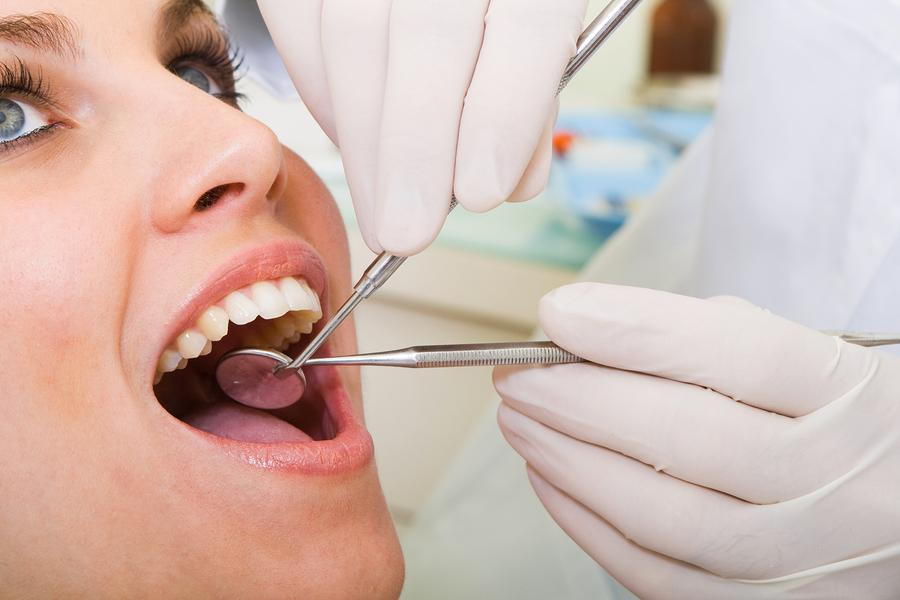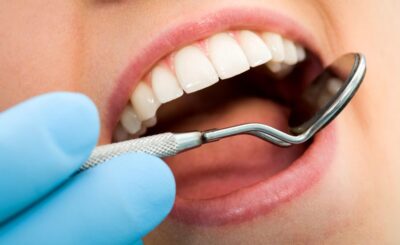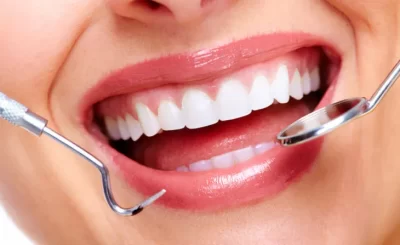It can be quite painful and distressing when a tooth breaks. If the tooth’s root remains embedded in the gums, it may become an infection source and cause more problems. Maintaining good dental health requires knowing the cause, warning signs, and available treatments for a broken tooth root that is still in the gums. For more information about broken teeth along the gum line, contact a North York dentistry.
Is the root canal tooth broken at the gum line? Know what to do next.
Biting down on hard objects, enamel deterioration, and physical trauma are a few of the causes of a shattered tooth root. Pain, bleeding, bruising, and tooth discoloration are potential signs. In order to stop further harm and infection, emergency dental care could be needed. Restoring the component, moving the tooth, performing a root canal, placing a cap or crown, or extracting the tooth are all potential treatment options. The risk of a damaged tooth root can be reduced with preventive measures like regular dental visits and proper oral hygiene.
If a cracked tooth root is left in the gums, it can lead to infection and other problems. Pain, bleeding, swelling, and tooth discoloration are symptoms of a damaged tooth root. Restoring the component, conducting a root canal, or extracting the tooth are potential treatment options. The risk of a damaged tooth root can be reduced with preventive measures like routine dental exams and proper oral hygiene.
What is a broken tooth?
When a tooth fractures or breaks, a portion of the tooth—including the root—remains in the gums. This is referred to as a broken tooth root. Several things, including tooth damage, decay, and biting on hard objects, may lead to this. When the tooth fragments split vertically, exposing the root in the gums, this is known as a vertical root fracture. This type of fracture may not initially produce any pain or discomfort and might be challenging to diagnose. A damaged tooth root can cause discomfort, infection, and other issues if it is not treated. If you suspect a damaged tooth root, you must get dental care right away.
Risk Factors and Causes
The root of a broken tooth may remain stuck in the gums. A damaged tooth root can be a result of a variety of things, such as:
Dietary Habits
Eating hard items like nuts, ice, or candy might put excessive strain on the teeth, breaking them. Furthermore, tooth decay brought on by a diet heavy in sugar and carbs can weaken the tooth’s structure and increase its likelihood of fracture.
Contact Sports and Accidents
A broken tooth root may result from facial or oral trauma suffered in contact sports or a car crash.
Treatment options
There are many options for treatment when a tooth comes off at the gum line. The severity of the break, the amount of tooth structure left, and the patient’s general oral health will all affect the best course of action. A dentist will work together with the patient to develop a personalized treatment plan.
Tooth Extraction
For broken teeth whose roots are still in the gums, tooth extraction is a routine treatment. Extraction might be the best line of action if the tooth is badly decomposing or damaged. Depending on the location and state of the tooth, a dental extraction can be either a simple or a challenging treatment.
Crowns and Dental Implants
Patients who are missing a tooth due to a broken root may be suitable for dental crowns and implants. A titanium post is surgically placed into the jawbone to replace a missing tooth root in a dental implant.
Root Canal Treatment
Another popular treatment for teeth with fractured roots is a root canal. By saving the remaining tooth structure, a root canal can avoid extraction. In the procedure, the dentist will extract the infected or damaged pulp from the root canal and then use dental cement to replace the gap. To keep the remaining structure of the tooth after a root canal, the patient might need a dental crown.








